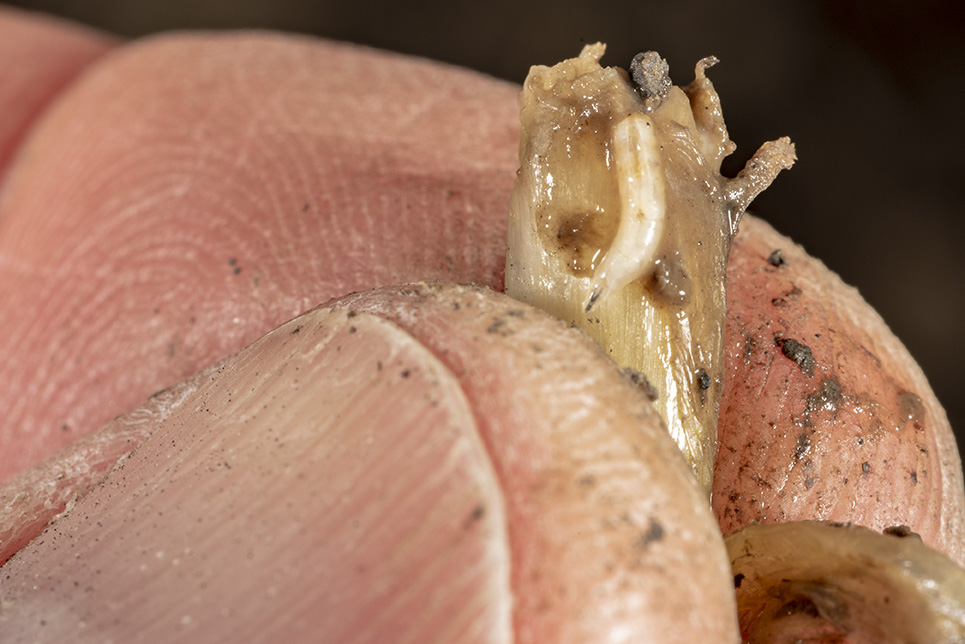
As we discussed here last week, there have been an unprecedented number of calls and samples regarding seedcorn maggot damage, particularly in soybeans.


As we discussed here last week, there have been an unprecedented number of calls and samples regarding seedcorn maggot damage, particularly in soybeans.
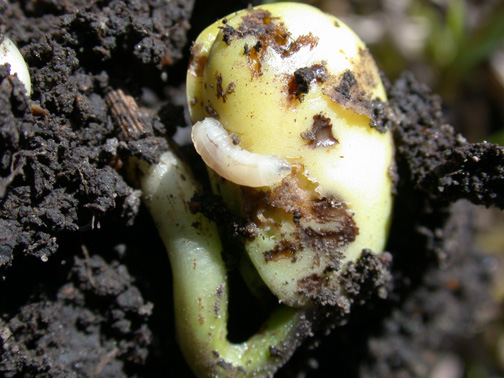
Multiple samples of seedcorn maggot damaged soybean seedlings have been submitted to the Purdue Plant and Pest Diagnostic Lab.
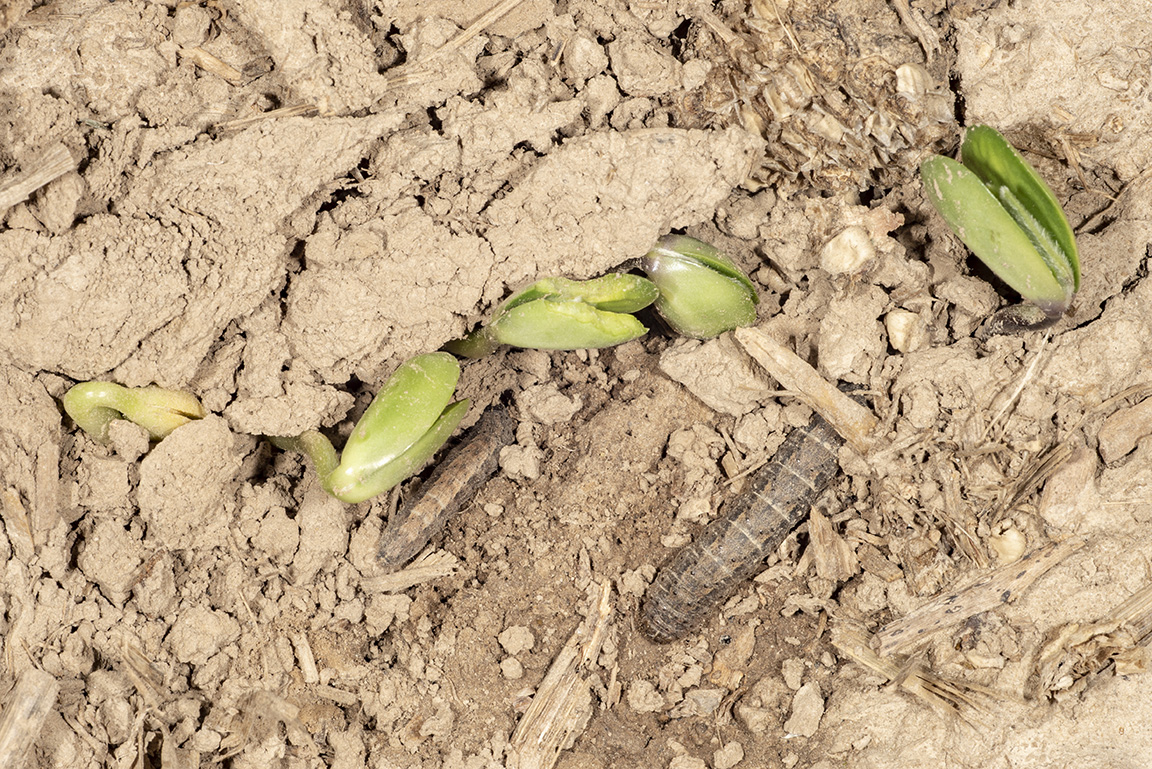
It seems that the freezing temperatures, and snow, of just over a week ago has spurred an increase in the black cutworm and armyworm moth activity, see the accompanying pheromone trap captures.

Recent reports from pest managers in northern counties have indicated that weevil damage and larval numbers are very high, well in advanced for this date, see accompanying map below.
Sampling an alfalfa field to determine the extent of alfalfa weevil damage and average stage of weevil development is best accomplished by walking through the field in an “M-shaped pattern.”
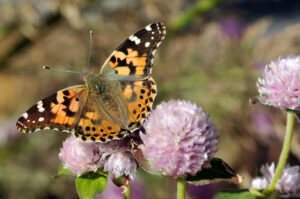
This is a wonderful time of the year in the Hoosier state, as we drive through the countryside, we are greeted with the pleasing sight of several colorful butterfly species gliding across and roads, near puddles of water, or on fall flowering plants. Many of these beauties originated from larvae that likely fed on soybean or alfalfa. However, it is rare for any of these species to cause significant yield losses from defoliation. Below is a listing, with pictures, of some of the common butterflies and their caterpillars this time of year. Although you will find some of these feeding in crops, none are pests.
The following video addresses bean leaf beetle identification, biology, and late-season damage to soybean while keeping the marketable portion of the crop foremost in mind.
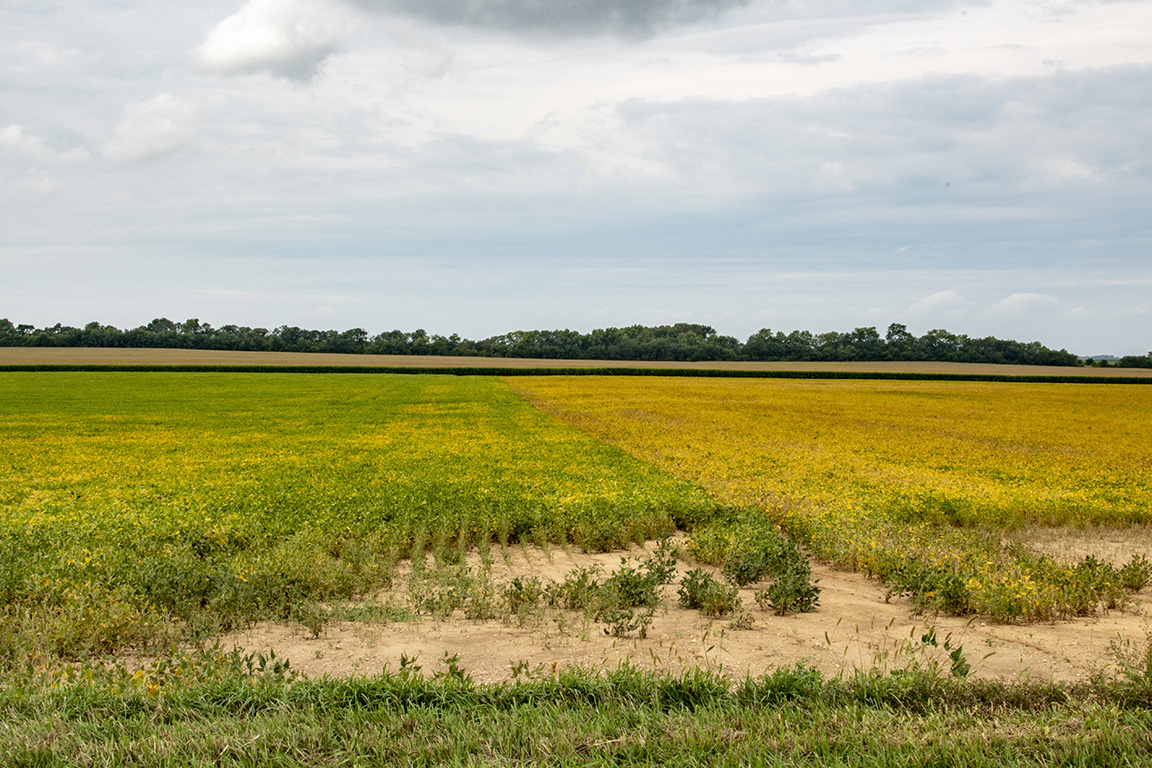
Within the past week, we’ve noticed a movement of bean leaf beetles from an early-maturing soybean field, i.e., yellowing leaves, to nearby “green” fields.
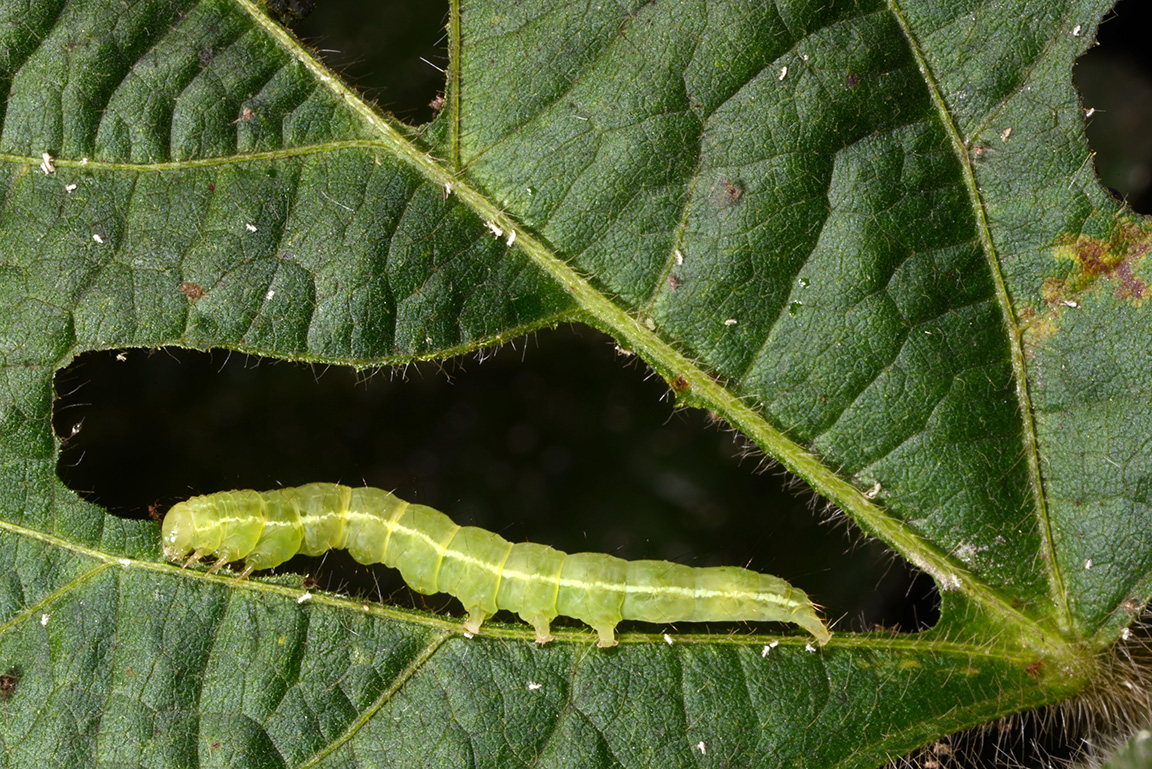
A couple of weeks ago, we ran a story on an inordinate number of green cloverworm moth sightings around fields and farmsteads, “Black Moths Fluttering About Everywhere!”
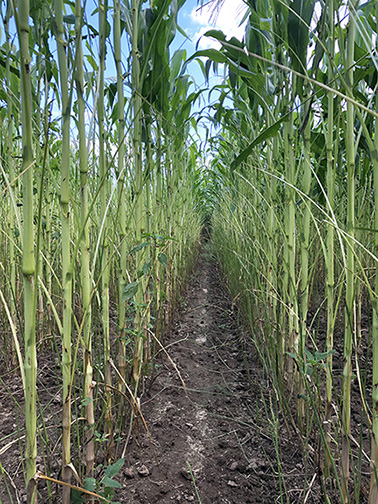
There have been multiple enquiries over the last week concerning corn leaves and forage grasses disappearing!
© 2026 Purdue University | An equal access/equal opportunity university | Copyright Complaints | Maintained by Pest&Crop newsletter
If you have trouble accessing this page because of a disability, please contact Pest&Crop newsletter at luck@purdue.edu.